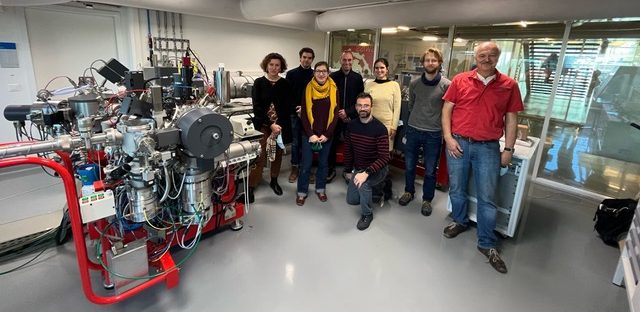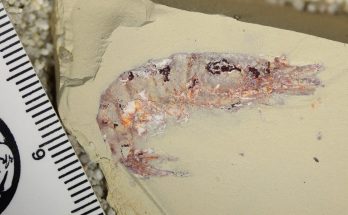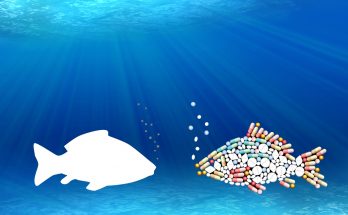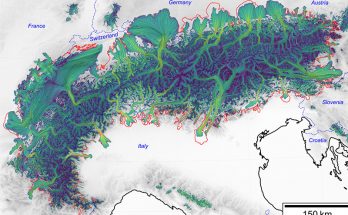Cette publication est également disponible en :
![]() Français
Français

Prof. Marin-Carbonne, Prof. Meibom, Prof. Rubatto, Prof. Baumgartner, Dr Bouvier, Dr Escrig, Dr Bovay, and M. Plane in front of the SwissSIMS in the Center for Advanced Surface analysis (CASA).
A recent publication by Johanna Marin Carbonne et al. provides an overview of three Swiss SIMS laboratories and perspectives on their use.
What is SIMS or Secondary Ion Mass Spectrometry? In a nutshell, it is a quasi non-destructive technique that reveals the properties of a solid surface. A finely focused primary ion beam (called primary) sputters the surface to be analyzed. The resulting mass spectrum of ionized particles (called secondary) provides information on the chemical, elemental or isotopic properties of the sample.
In Switzerland, several large laboratories offer SIMS instruments. The article details the functioning of three of these instruments and their applications. A TOF-SIMS is located at the University of Geneva. The Center for Advanced Surface analysis (CASA), a joint UNIL-EPFL center, hosts a NanoSIMS and a dynamic SIMS. Optimized differently, these instruments have their own spatial resolution and sensitivity. They are therefore of complementary use. The range of their applications has greatly expanded in recent years.
- TOF-SIMS meets a wide range of needs: from materials science, art restoration and research, forensics or earth sciences, to cosmochemistry (which addresses the origins and evolution of nuclides in the Universe). In the field of biomedical research, TOF-SIMS is also becoming increasingly useful.
- The SwissSIMS ion microprobe can be used to determine isotope compositions or to reveal trace and volatile elements at very low concentrations. A new protocol has allowed, for example, to reveal a complex microbial ecosystem dating back 2.7 billion years. This was made possible by targeting the organic matter of ancient fossil rocks, the Precambrian stromatolites.
- NanoSIMS studies have provided unique insight into a variety of research topics such as brain metabolism, environmental microbiology, metabolic interactions in symbiotic organisms such as corals, paleoclimatology and dynamic processes in volcanic chambers.
SwissSIMS is a national platform and was acquired through a consortium including UNIL, UNIGE, UNIBE and ETHZ as well as through the support of the SNSF. The instrument is thus open to all, after examination and review of research projects. The SwissSIMS and the NanoSIMS are part of the Center for Advanced Surface Analysis (CASA), created between EPFL and UNIL, which also hosts several electron microscopes, an electron probe and ICPMS mass spectrometers coupled to laser ablation. At the SwissSIMS, in the Geopolis building of the UNIL, a great diversity of projects from Switzerland and elsewhere has emerged.
For more information
J. Marin Carbonne, A. Kiss, A.-S. Bouvier, A. Meibom, L. Baumgartner, T. Bovay, F. Plane, Stephane Escrig, D. Rubatto (2022). Surface Analysis by Secondary Ion Mass Spectrometry (SIMS): Principles and Applications from Swiss laboratories. Chimia 76 (2022) 26–33. doi:10.2533/chimia.2022.26


